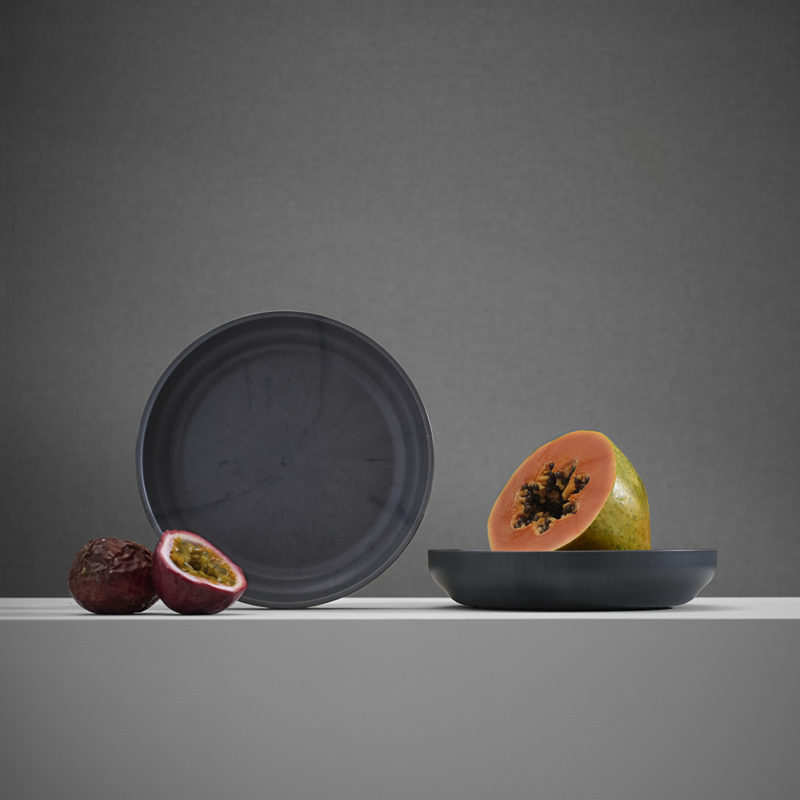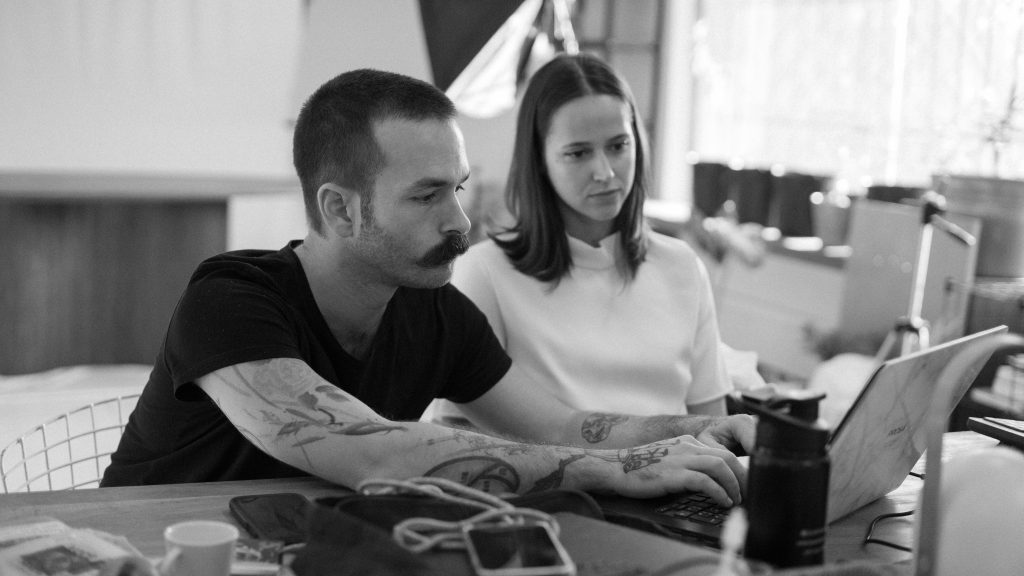
Socially Responsible Design: 10 Designers Who Approach Social Experience through Aesthetics
The realm of art and design has long been a space in which social commentary has been prevalent. It has allowed artists to creatively navigate social and political issues and has encouraged audiences to contemplate the world and their position in it. Whether it has been political issues, restriction of social identity, or growing anxieties regarding the state of our climate, artists have long been interpreters of the social consciousness. Today, how are artists and designers approaching their practices from this point of view? What does it mean to be “socially responsible”? What effects do these pieces have on their audiences? Do they provoke? Do they solidify opinions? Can they bring about social change?
This group of designers have continued the tradition of using their practice to speak to larger, social and political debates. Whether in their own country or more generally, each presents the audience with a perspective from which to consider the issue at hand – for example, sustainability, resource waste, representation of identity, or growing social disparity. In a world with many voices and much uncertainty, these designers provide a space in which viewers can consider their own perspectives and, hopefully, inspire them to bring about some form of change.
Lucas Muñoz
The B.A.R.E ‘Small Simple’ table lamp is part of the series “Brick, Appliances, Rods and Electricity (B.A.R.E)”. This collection of lamps is produced with bricks or tiles as the base, from which iron rod structures and electric quick connectors grow to bring light to the lamp. With these simple systems, Lucas Muñoz creates lighting elements that are easy to produce at a low cost. This is why they are manufactured by the students of the Asociación Norte Joven in their electricity workshop, an NGO helping people from lower social-economic groups to ingrate into the job market.
Agne Kucerenkaite


Since the Industrial Revolution, ignorance and negligence have generated overloaded landfills in our throw-away culture. Metals are crucial to our world, and, unfortunately, a non-renewable resource. “Ignorance is Bliss” by Agne Kucerenkaite is an ongoing project about reinstating the value of metal waste by applying it as a pigment from industries, such as drinking water supply and soil remediation companies, thereby creating new valuable products and methods. In this project, surprisingly, the more contaminated the raw material, the more vibrant the designed objects are.
Evelina Kudabaite
“Raitūzai” by Vilnius-based designer Evelina Kudabaite is a collection of home accessories – mirrors and candleholders – created using unique waste material derived from a collapsed building. The main details of these objects are gypsum-like pieces that were used to decorate ceilings at the beginning of the 20th century. They are now transformed into new objects, connecting the past, present, and, hopefully, the future.
ecoBirdy




The “Mabo” plates look as if they are made from marble, however, it is made entirely from recycled plastic food containers. EcoBirdy has developed a technique that allows the reclaimed plastic to become an integral part of the production process; its authentic characteristics organically form a vein-like pattern and create an earthy colour palette. The colour follows a gradient progression, which produces a series of six soft tonal shades.
Las Manuelas Art Series


This product is crafted with care and mastery by one woman, alpaca herder and artisan from the Andean highlands in southern Peru. She uses the precious yarn from her own animals and the whole realization process is done by hand and with heart, from the spinning to the dyeing and knitting. She also introduces her personal stamp on the design. The mission behind Las Manuleas is to bridge the gap between Peruvian craftspeople and contemporary design, thereby championing inclusivity and sustainability in the design and fashion world.
Anna Nordström
Anna Nordström fuses traditional craftsmanship with contemporary subject matter to produce textiles which reflect the world today. Through this, she is able to provide a social commentary which is both humorous and poignant. Nordström’s body of work makes use of imagery seen in traditional media, on bookshelves, and on social media. In the case of the “Liquid Matter” quilt, the craft and techniques themselves are highlighted as well as the idea of tactility and materiality – different colours and textures are used to communicate the different types of liquids. From her own perspective, Nordström uses the quilt to ask the viewer to think of the materials they interact with and, more generally, to consider how they navigate through the world.
Flétta






Flétta was founded by Icelandic designers Birta Rós Brynjólfsdóttir and Hrefna Sigurðardóttir in 2017 and, as a studio, focuses on responsible design, sustainability, and craftsmanship. Their work makes use of uncommon or unused materials and experimental techniques to produce pieces which are innovative, unique, and a basis for social commentary. Their series “Minute” reflects this practice and commentary through their take on mass production and local craft. Each candle holder was created by hand in one minute, combining the notion of individual craftsmanship with a rapid production practice. The tradition of handcrafted work is sustained despite the limited time frame and allows for a local product to be produced en masse.
MAYICE Studio
MAYICE Studio, based in Madrid, works together with local craftsmen to create unique and eye-catching pieces with a strong focus on the process of design as well as the materials, their histories, and their functions. Founded in 2013 by Imanol Calderón Elósegui and Marta Alonso Yebra, the studio works with clients from around the world, developing a unique approach to design production and paying homage to their own national heritage. Through a collaboration with the Real Fábrica de Cristales (Royal Glass Factory) and using moulds last used in the early 1900s, the “Rfc+” series has created pieces which make use of traditional techniques and, ultimately, emphasise the heritage of the factory as well as the craft of glass blowing.
Sep Verboom




With a strong focus on social engagement and sustainability, designer Sep Verboom and his label Livable (started in 2012) create projects in collaboration with local communities in the Philippines, Indonesia, and Brazil. The projects make use of both natural resources, such as rattan, as well as reclaimed waste. Verboom’s “Fan Lamp” from the 2014 initiative “Fantasized – Design for Impact” repurposes the metal frame of a fan and combines it with woven rattan to create a lamp. Through cooperation with communities in Cebu City, traditional rattan weaving techniques are combined with contemporary design, integrating different forms of knowledge and creating a piece which reinterprets waste and resources. As evidenced in his work, Verboom is passionate about using design and the larger design industry as a means for social and ecological change.
Studio Björn Steinar




With an education in product design and a desire to bring about social change, Iceland-based designer-activist Björn Steinar uses his design practice to draw attention to and comment on both local and global social issues. Working within, as he describes, “an anti-capitalistic design method”, Steinar works to develop research projects and, ultimately, solutions to pressing issues such as food waste, over-consumption, and consumerism. Working both collaboratively and alone, he is able to approach his role as a designer in the contemporary world in ways that question and shift previous notions. The collaborative project “Skógarnytjar” provides a strong example of Steinar’s combined research and design approach, working directly with the Icelandic forestry sector to develop new notions around resources and, most specifically, speaking to the issue of sustainability in Iceland.










Responses